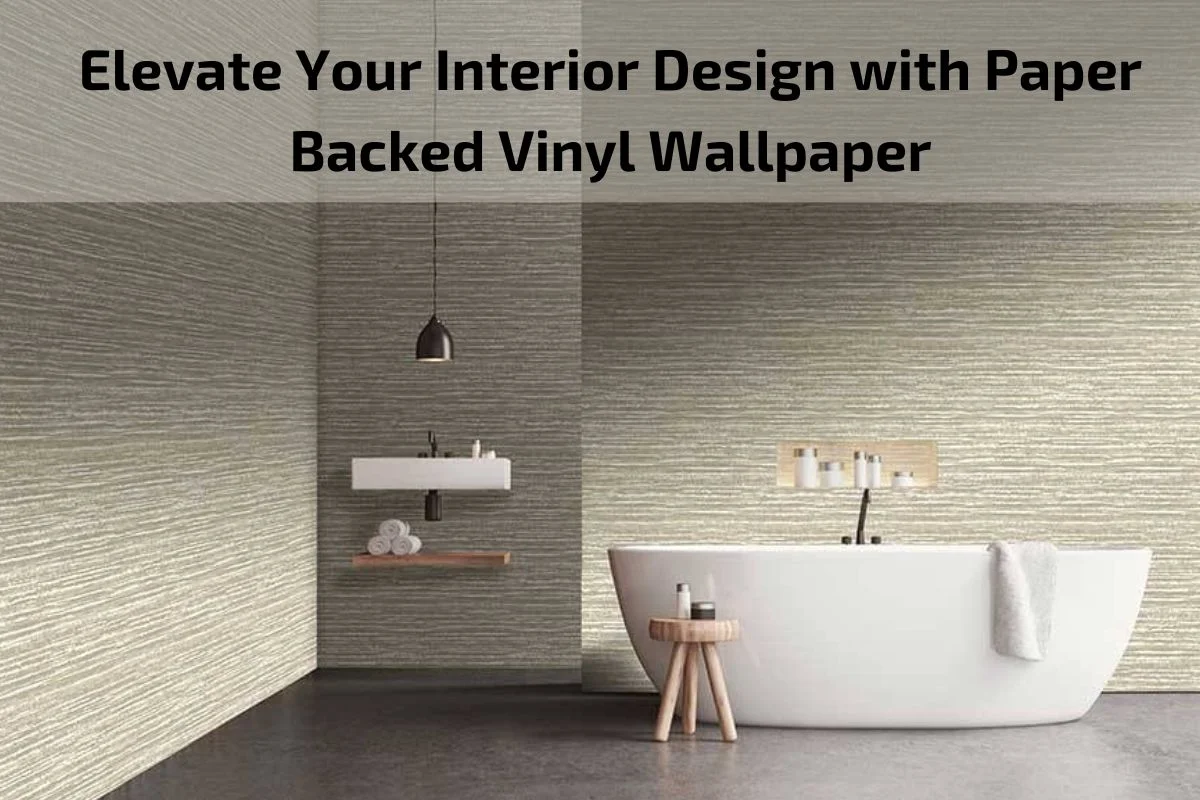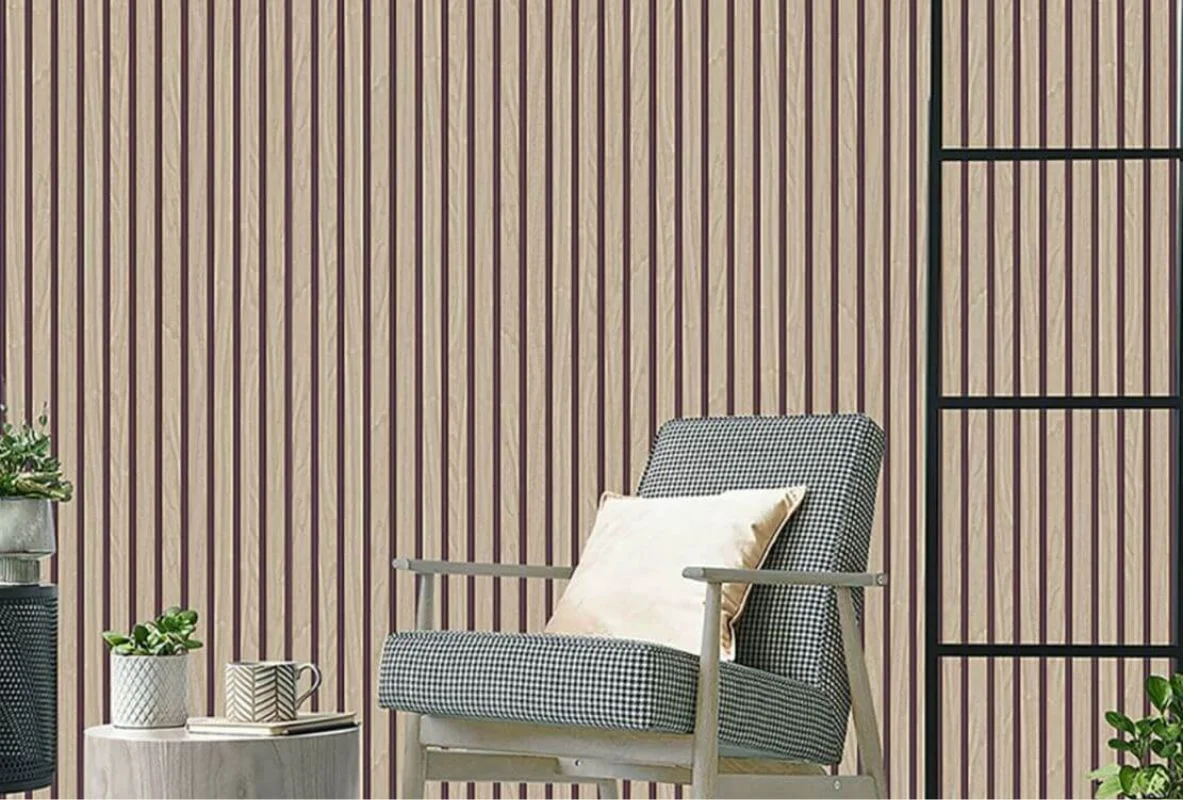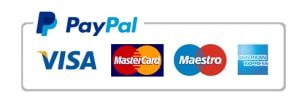
In the realm of interior design, walls serve as blank canvases waiting to be adorned with texture, color, and pattern. Paper backed vinyl wallpaper emerges as a versatile tool in the decorator’s kit, offering a fusion of style, durability, and ease of maintenance. With its unique blend of practicality and aesthetic appeal, paper backed vinyl wallpaper has become a go-to choice for homeowners and designers alike seeking to elevate the ambiance of their spaces.
In this article, we’ll explore how paper backed vinyl wallpaper can transform interiors, adding depth, character, and personality to any room. From its durability and ease of installation to its wide range of design options, we’ll uncover the myriad ways in which this versatile wallcovering can enhance the visual appeal and functionality of your living or working environment.
Join us as we delve into the world of paper backed vinyl wallpaper, uncovering its unique benefits and exploring creative ways to incorporate it into your interior design scheme. Whether you’re aiming to create a cozy retreat, a sophisticated office space, or a vibrant accent wall, paper backed vinyl wallpaper offers endless possibilities for elevating your interior design to new heights.
Definition and composition Paperback Vinyl Wallpaper
Paperback vinyl wallpaper is a type of wall covering that combines the durability of vinyl with the convenience of paper backing. It is composed of several layers, with the topmost layer consisting of vinyl, a synthetic plastic material known for its toughness and resistance to moisture, stains, and wear. This vinyl layer is what provides the wallpaper with its characteristic glossy finish and makes it easy to clean and maintain.
Beneath the vinyl layer lies a paper backing, which adds stability to the wallpaper and facilitates the installation process. The paper backing also helps to absorb adhesive, allowing the wallpaper to adhere securely to the wall surface. Additionally, it provides some level of flexibility, making it easier to handle and manipulate during installation.
Overall, the composition of paperback vinyl wallpaper strikes a balance between durability, ease of installation, and aesthetic appeal, making it a popular choice for homeowners and designers looking for practical yet stylish wall coverings.
Creative Uses for Paperback Vinyl Wallpaper in Interior Design
Accent Walls: Paperback vinyl wallpaper can be used to create stunning accent walls in any room of the house. Choose a bold pattern or vibrant color to make a statement, or opt for a subtle texture for a more understated look. Accent walls can help to define a space, add visual interest, and highlight architectural features.
Ceiling Treatment: Take your interior design to new heights by using paperback vinyl wallpaper on the ceiling. Whether you prefer a metallic finish for a touch of glamour or a textured pattern for added dimension, wallpapering the ceiling can add drama and sophistication to any room. Consider using a lighter color or reflective finish to help brighten the space and create the illusion of height.
Furniture Makeovers: Transform ordinary furniture pieces into works of art with paperback vinyl wallpaper. Use wallpaper to cover the fronts of drawers, the backs of bookshelves, or the panels of cabinet doors to add a pop of color or pattern to your furniture. This budget-friendly DIY project can breathe new life into old furniture and give your space a custom look.
Decorative Accents: Get creative with paperback vinyl wallpaper by using it to create decorative accents throughout your home. Cut out shapes or motifs from the wallpaper and frame them to create unique wall art. Use leftover scraps to line the backs of shelves, decorate lampshades, or embellish picture frames. The possibilities are endless!
Backdrops for Displays: Whether you’re showcasing artwork, photographs, or collectibles, paperback vinyl wallpaper can serve as a stylish backdrop for displays. Choose a wallpaper with a subtle pattern or texture to complement your items without overwhelming them. This simple yet effective design trick can help to create a cohesive and visually appealing look in any room.
Temporary Decor: If you’re renting or want to change up your decor frequently, paperback vinyl wallpaper offers a temporary yet impactful solution. Since it’s easy to install and remove, you can experiment with different patterns, colors, and styles without committing to a permanent change. Use removable wallpaper to add personality and character to your space without the hassle of traditional wallpaper.
DIY Projects: Let your imagination run wild and incorporate paperback vinyl wallpaper into a variety of DIY projects. From covering plain notebooks or storage boxes to creating custom lampshades or room dividers, there are endless ways to use wallpaper to personalize your space. Get creative and have fun exploring the possibilities!
Advantages and Disadvantages of Paperback Vinyl Wallpaper
Advantages:
Durability: Paperback vinyl wallpaper is highly durable and resistant to moisture, stains, and wear, making it suitable for high-traffic areas such as kitchens and bathrooms.
Easy Installation: The paper backing of paperback vinyl wallpaper allows for easy installation, even for DIY enthusiasts. It can be applied directly to the wall surface using standard wallpaper adhesive.
Cost-Effective: Compared to other types of wallpaper, paperback vinyl wallpaper is often more affordable, making it a budget-friendly option for homeowners.
Versatility: Paperback vinyl wallpaper comes in a wide range of colors, patterns, and textures, allowing for endless design possibilities to suit any decor style.
Easy to Clean: The vinyl surface of paperback vinyl wallpaper can be easily wiped clean with a damp cloth, making it ideal for households with children or pets.
Disadvantages:
Limited Breathability: Paperback vinyl wallpaper does not allow the wall to breathe as easily as some other types of wallpaper, which can lead to moisture buildup and mold growth in humid environments.
Difficult to Remove: While paperback vinyl wallpaper is easy to install, it can be more challenging to remove, especially if it has been on the wall for an extended period. Proper removal techniques and tools may be required to avoid damaging the wall surface.
Environmental Concerns: Some paperback vinyl wallpapers may contain PVC (polyvinyl chloride), which is a synthetic plastic material that can have negative environmental impacts during production and disposal. However, there are eco-friendly alternatives available that minimize these concerns.
Maintenance and Care of Paperback Vinyl Wallpaper
Maintaining and caring for paperback vinyl wallpaper is relatively simple and straightforward, allowing you to keep your walls looking fresh and vibrant for years to come. Here are some tips to help you properly maintain and care for your wallpaper:
Regular Cleaning: To remove dust, dirt, and other surface contaminants, gently wipe down the wallpaper with a soft, damp cloth or sponge. Avoid using abrasive cleaners or harsh chemicals, as these may damage the vinyl surface.
Address Spills Promptly: If any spills or stains occur on the wallpaper, it’s essential to address them promptly to prevent them from setting in. Blot the spill gently with a clean, damp cloth, then dry the area thoroughly with a soft towel.
Avoid Excessive Moisture: While paperback vinyl wallpaper is resistant to moisture, excessive exposure to water or humidity can still damage the wallpaper over time. To prevent moisture buildup, ensure that the room is adequately ventilated and avoid placing wallpaper in areas prone to water splashes or steam, such as near sinks or showers.
Handle with Care: When cleaning or handling paperback vinyl wallpaper, take care to avoid scratching or tearing the surface. Use gentle pressure and avoid using sharp objects or abrasive materials that could damage the wallpaper.
Test Cleaning Products: Before using any cleaning products on your wallpaper, it’s essential to test them in an inconspicuous area to ensure that they do not cause damage or discoloration. Avoid using bleach, ammonia, or other harsh chemicals, as these can degrade the vinyl surface.
Professional Removal: If you decide to remove the paperback vinyl wallpaper in the future, consider hiring a professional to ensure that it is done correctly. Professional removal techniques and tools can help to minimize damage to the wall surface and make the process easier and more efficient.
Conclusion
In conclusion, paperback vinyl wallpaper proves to be a practical and stylish choice for homeowners and designers alike. With its durability, ease of installation, affordability, and versatility, it offers numerous advantages that make it an attractive option for enhancing any living space.




